| Structure | Name/CAS No. | Articles |
|---|---|---|
 |
Chloroform
CAS:67-66-3 |
|
 |
Ethanol
CAS:64-17-5 |
|
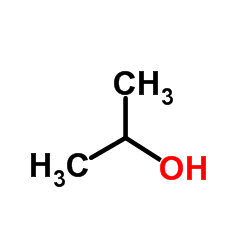 |
Isopropanol
CAS:67-63-0 |
|
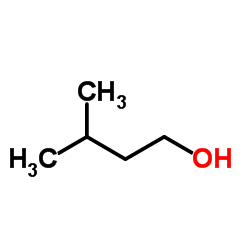 |
3-Methyl-1-butanol
CAS:123-51-3 |
|
 |
Squalene
CAS:111-02-4 |
|
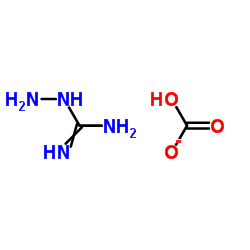 |
Aminoguanidine bicarbonate
CAS:2582-30-1 |
|
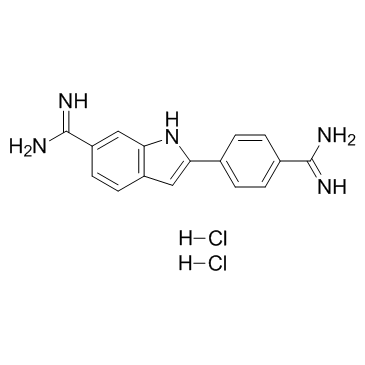 |
4',6-Diamidino-2-phenylindole dihydrochloride
CAS:28718-90-3 |
|
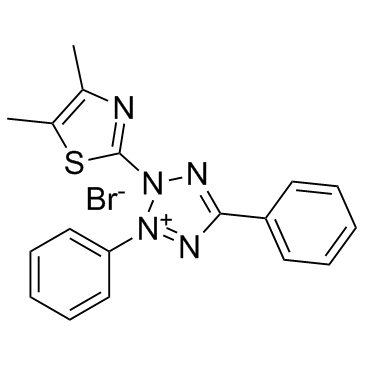 |
Thiazolyl Blue
CAS:298-93-1 |
|
 |
Trimethylammonium monohydrochloride
CAS:593-81-7 |